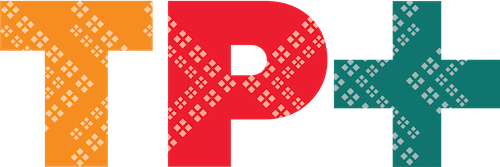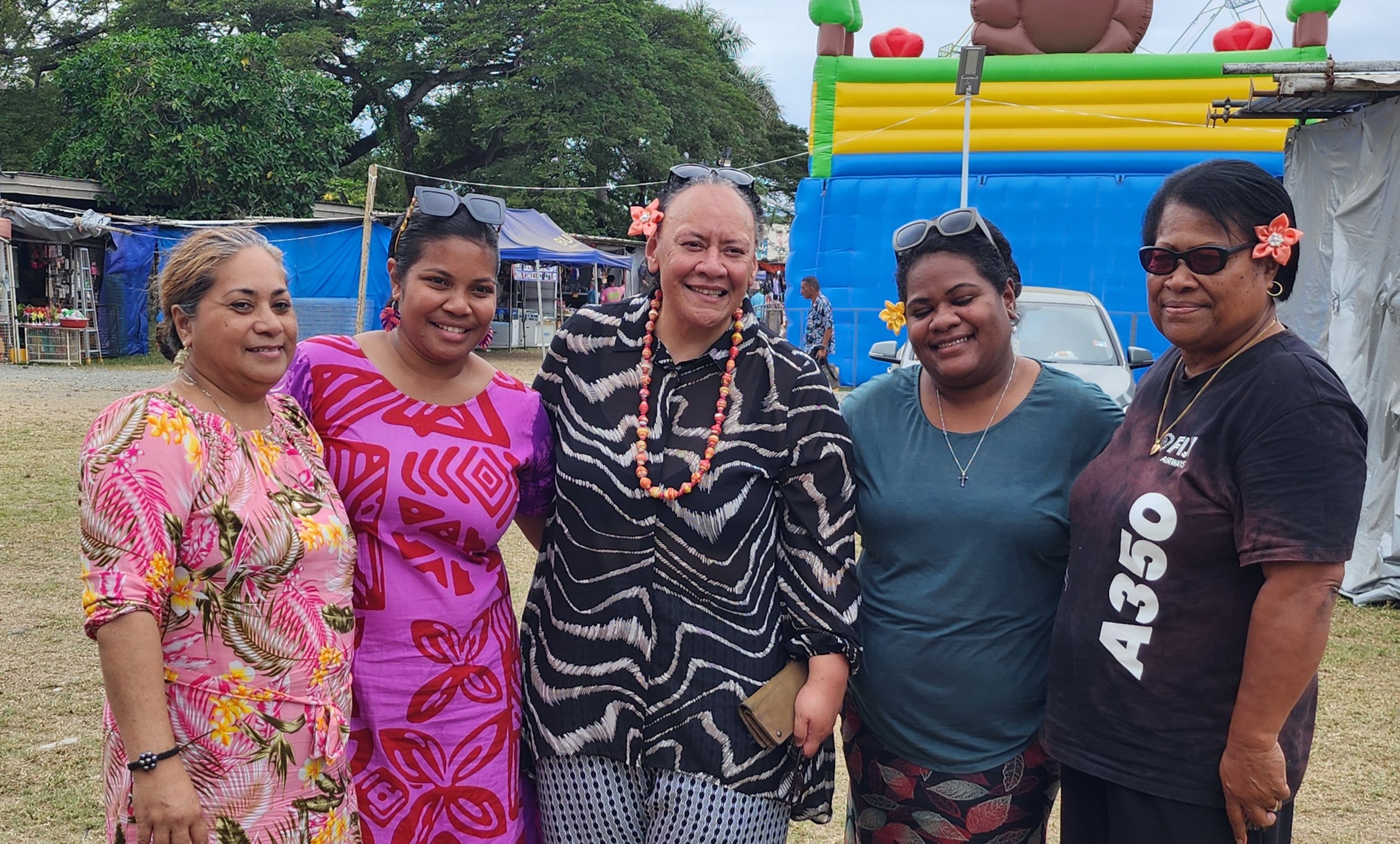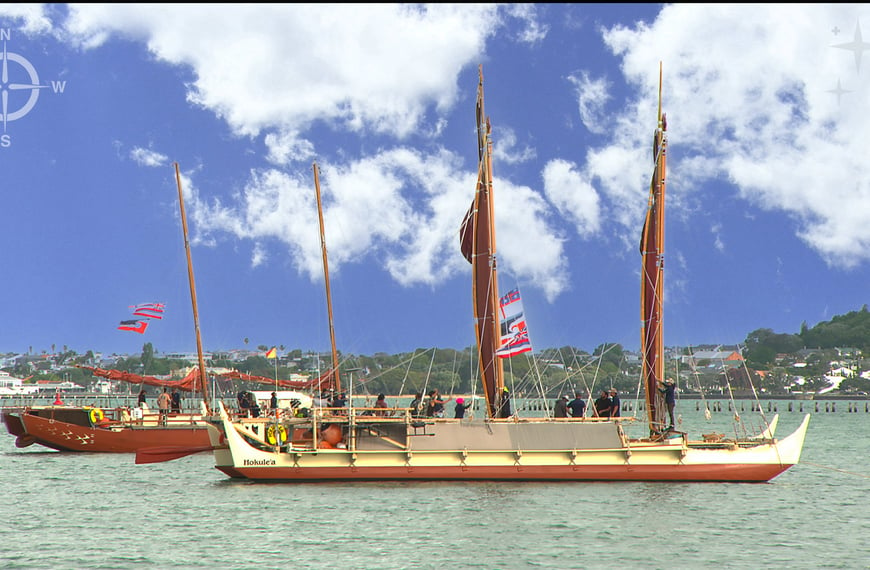
With Fiji Language Week upon us, reporter Gladys Hartson recounts her visit earlier this year to the Bula Festival in Nadi.
From the moment we landed, to our departure, you heard ‘Bula’ and ‘Vinaka’, and ‘Moce’. I know this is basic Fijian 101, but it felt good to hear it wherever we went and, if you didn’t speak a word of the language before, you at least knew those three words.
We ventured into town a few days before heading back to NZ and came across one of the annual events for the Nadi township, the week-long Bula Festival. The event was back after a long absence due to the global pandemic.
We came across a series of stalls dedicated to Women from across Fiji who were there to showcase not only their handicrafts but to build support for their micro business enterprises.
Cathy Doughdy and Ragafuata Makarite are part of a group who were promoting their goods and to support other women in Fiji to create financial independence for themselves and their families.

Cathy, who specialises in making jewellery, specifically with freshwater pearls, was excited to be at the festival helping women to promote and sell their goods.
“It’s good we can help each other, especially our solo Mums and I love to promote our artists with their artwork and let people see what talent we have,” she says.
Ragafuata Makarite who hails from Hapmak in Rotuma is a widow and says her motivation is learning her craft and helping her family.
“I have five children, so whatever I do is also to support my children and bring income to the family. My eldest son is a school teacher…he’s working plus he’s doing his studies plus he’s paying for my second son’s tuition.
“I don’t want it to be an added burden to him, so whenever my business start, (my son) every fortnight he sends us money for the siblings, so I say to him, okay son don’t send us anything this week, we are okay, so that is how I roll and plus something to put aside for the family, our savings”, says Ragafuata.
The handicraft artist is self taught, learning to enhance her skills by watching videos on YouTube.
It did not take Ragafuata long to start building her creations of tie-dye items and earrings and, with an eco-conscious theme, made necklaces out of recycled goods.



Her work has got the attention of the National Women’s Expo and she has been selected as one of 100 women to represent the Western Division in Suva in November.
Suliana Tabuya who is lead coordinator for the women’s stalls at the Bula festival says they are there to help women thrive, many of whom are from much farther away, even from Suva.
“A lot of them are widows, a lot of them are divorced women…we try to help out the women in need so that’s what we are trying to do,”says Suliana.
Also supporting the women’s stalls is Vodafone Fiji who have sponsored the tent. Suliana says the women can set up their table for a reduced rate at the Bula Festival.
Cathy says this has been a big help for women compared to other stall holders who are able to pay the expensive fees.

Also supporting the initiative is Adi Meretui Ratunabuabua. She says these stalls are trying to promote business initiatives for women.
“Some are widows, single parents, Mums just trying to make a living… They are here to market whatever they can make so these are all handmade.”
She says another bonus from the initiative is that proceeds from artwork sold at the festival will go towards the long awaited National Art Gallery to be launched in Suva next year.
Adi Meretui, who specialises in cultural development in Fiji, says after almost 20 years the dream is coming to fruition, a place to showcase and display the creative work of Fijian artists. She says a team is expected to head to New Zealand to look at Museums in Auckland and Wellington as a benchmark.














